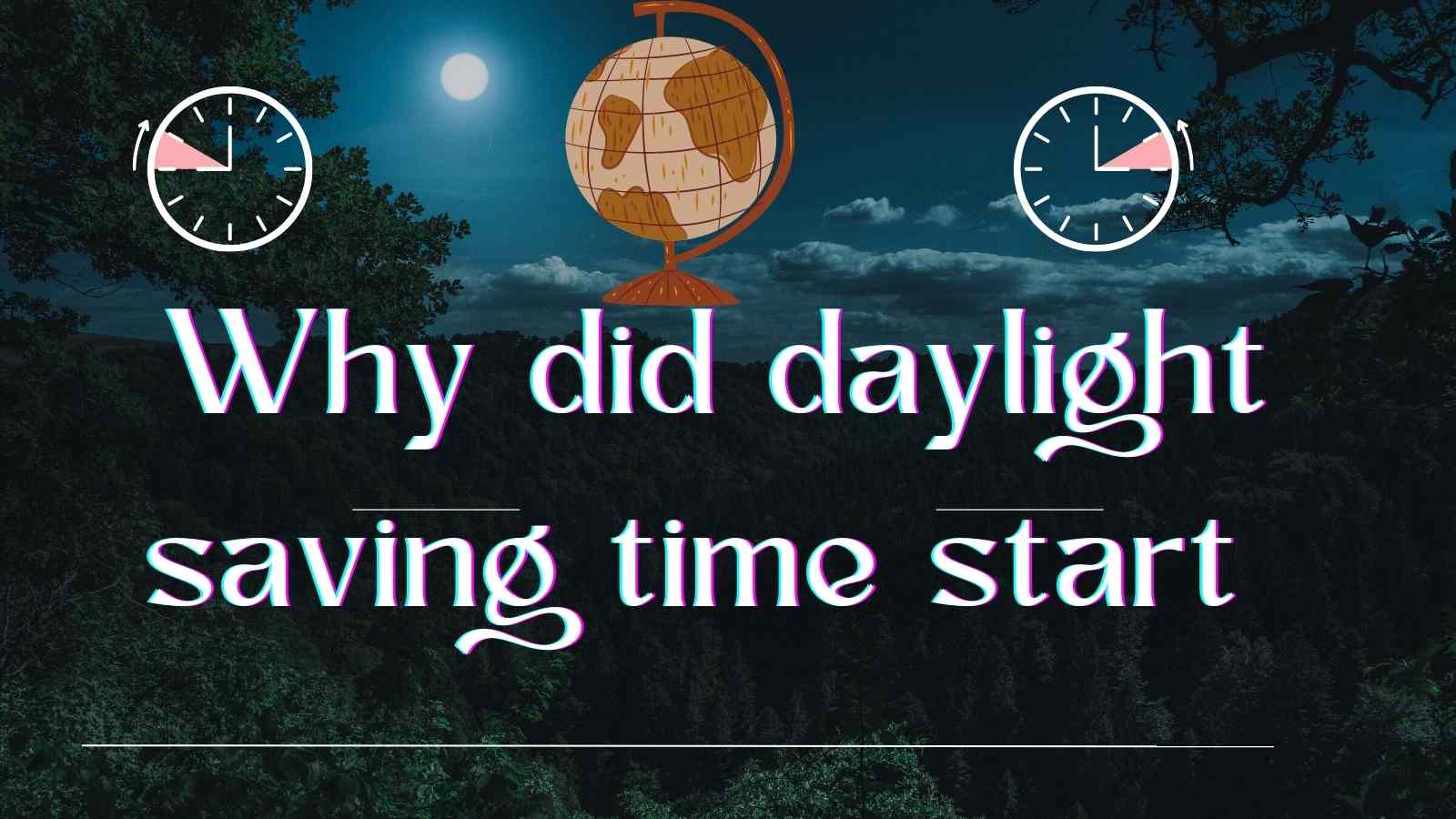Why did daylight saving time start
Daylight saving time is, also known as daylight savings time or daylight time, and summertime. It is the practice of advancing clocks during warmer months so that darkness falls at a later clock time. Why did daylight saving time start
The implementation of DST is to set clocks forward by one hour in the spring and set clocks back by one hour in autumn to return to standard time. As a result, there is one 23-hour day in late winter or early spring and one 25-hour day in autumn.
The idea was first proposed in 1784 by the American polymath Benjamin Franklin. Below is the full information about Why did daylight saving time start.
History of Daylight Saving Time (DST)
DST was first used in 1908 in Thunder Bay, Canada. Benjamin Franklin gets some credit for the idea of daylight saving time. In a letter to the editor of the Journal of Paris, Franklin jokingly recommended that people get out of bed earlier in the morning to minimize the use of candles and lamp oil. He never even mentioned setting clocks back or forth.

In 1895, George Hudson who was an entomologist from New Zealand came up with the new idea of daylight saving time. He proposed a two-hour time shift so he had more after-work hours of sunshine to go hunting in the summer. Hudson suggested moving clocks ahead two hours in October and then a two-hour shift back in March.
In 1905, William Willett who was a British builder suggested moving clocks ahead 20 minutes every Sunday in April and then setting them back every Sunday in September. That’s eight-time changes every year!
